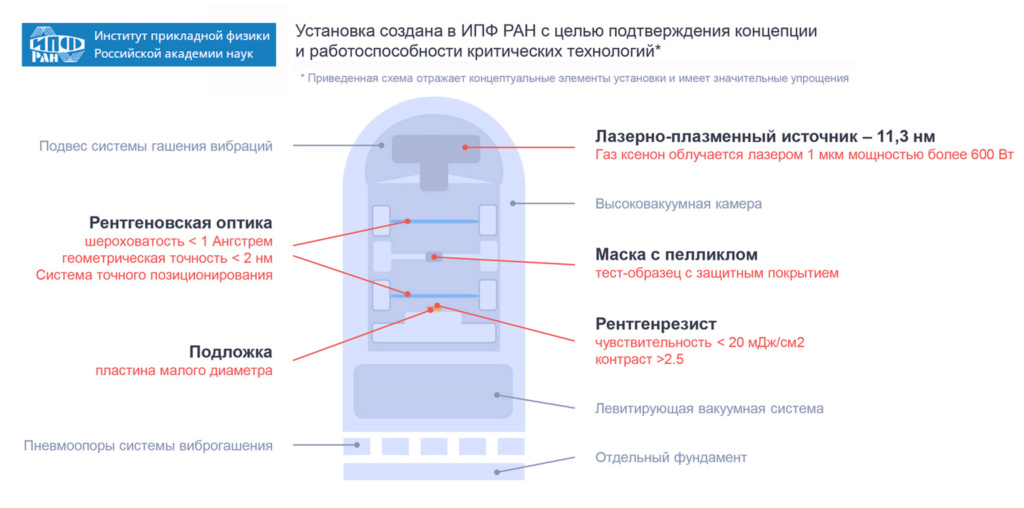kvs wrote:https://www.eetimes.com/russias-angstrem-modernizes-wafer-fab/
Angstrem has a 200 mm wafer production line from around 2010.
That is a foundry i.e. a fab where they do lithography and etch wafers to make ICs. They "print" chips on blank wafers. That EETimes article is talking about what became the Angstrem-T fab and is Nm-Tech today. They neither make silicon crystal nor cut it into blank wafers.
kvs wrote:ICSM makes 200 mm SOI wafers.
These SOI wafers are made by processing regular imported 200mm Si wafers with a special process and then grinding them down. You still need to get the Si wafers somehow. i.e. grow the silicon crystal and cut it into wafers. From what I get from the articles in the Russian press, right now Russia still does not grow its own 200mm silicon crystals. But only 150mm crystals with less diameter. Anyway, I think this "problem" is kind of overblown. China has massive capacity to make 200mm and even 300mm wafers with several Chinese companies making them. Blank wafer supply from Europe was cut, and replaced with Chinese suppliers. Big whoop.
kvs wrote:There is a surge of 200 mm wafer plants underway in the global space because of industrial demand. The value of 300 mm wafers is
volume of chip production and not chip resolution. To get higher yields the defect rate in the wafers needs to be no worse than the
200 mm wafers per unit area. This requires higher manufacturing tolerances since defect rates are proportional to surface area.
It is not that simple. Higher resolution tools are typically more expensive. The cost of the tools and fabs grows exponentially with each generation with a power law known as Rock's law.
https://en.wikipedia.org/wiki/Moore%27s_second_law
To keep the cost of individual chips down, they increase the size of the wafers every several generations so that each tool can process more area simultaneously. The industry has already gone from 1-inch (25mm), to 2-inch, 3-inch, 4-inch, 5-inch, 6-inch, 8-inch (200mm), and now it is at 12 inch (300mm) diameter.
The ArF, ArFi, and EUV lithography tools are made to process 300mm wafers from the get go. And modern KrF and i-line tools can process either 300mm or 200mm wafers. If you can process 300mm wafers, it does not make economic sense to use the smaller wafers. Because you need to amortize the cost of the tools by producing chips. The more chips you produce the better. A 300mm wafer has 2.25x more area than a 200mm wafer. So you can produce 2.25x more chips in the same amount of time with one. Making them 2.25x cheaper. The cost of the blank wafer and chemicals is kind of marginalized by the cost of buying the tools.
The smaller wafers aren't made to the same tolerances since there is no demand for working at high resolution with small wafers. So no one makes them with those tolerances. So let's say they are neither cut, grinded, nor polished to the same specifications.
Rodion_Romanovic wrote:So apparently there is also this plant in Moscow, Crocus nano, which produces 300 mm wafers
Yes. This was founded by Rusnano initially to make MRAM. But that fab can only print 2 metalization layers in a special process specific to MRAM. Then the wafers are sent to an independent fab in China to print the rest of the layers. This Crocus fab has too few tools to run a full logic process. For reference a 65nm logic process has like 11 metal layers.








 kvs
kvs







